China's basic medical insurance fund had garnered 3.4 trillion yuan ($470 billion) in revenue by the end of last year, and authorities said that the fund is operating steadily, though payment reforms are needed to maintain its stability amid an aging society and rapid socioeconomic development.
The fund received 2.7 trillion yuan in income last year while spending 2.2 trillion yuan, leading to an annual surplus of 500 billion yuan, Zhu Yongfeng, deputy director of the National Healthcare Security Administration's department of planning, finance and regulation, said during a news conference on Thursday.
"The medical insurance fund operated steadily overall throughout last year and the amount of the surplus was considered reasonable," he said.
China's basic medical insurance consists of urban and rural residents' programs, which mainly target the unemployed, school-age children, rural residents and urban employees.
The administration said that its employees' program has recorded an accumulative surplus of 2.6 trillion yuan. "While the amount strikes one as sizable, it is important to maintain a rational scale because it relates to the healthcare security of retirees," Zhu said.
The program for rural residents registered an accumulative surplus of 760 billion yuan, but the balance is tight, Zhu said.
Both programs saw an increase in spending last year, reflecting a tighter healthcare safety net and expanding coverage of novel medicines and technologies, he said.
"A total of 126 drugs were added to the national drug reimbursement list last year and about 130 million cross-regional medical bills were directly settled as residents are able to access insurance services more conveniently," Zhu said.
He said that China's health expenditures are expected to keep rising due to the continuously aging population, the decreasing ratio of workers to retirees and overall socioeconomic development.
"For instance, the annual number of visits to medical institutions grew from 4.46 billion in 2006 to 8.4 billion in 2022, and total health expenses increased from 980 billion yuan to 8.5 trillion yuan during the period," he said.
"Healthcare insurance will continue to reform approaches to payment, reining in the growth rate of expenditures and the hospitalization rate to guarantee stable functioning of the fund."
Insurance changes in recent years include allowing the insured to use the money in their personal account to cover family members as well as strengthening insurance for outpatient care, Zhu said.
Data released by the administration on Thursday show that more than 1.33 billion people had enrolled in its basic medical insurance program by the end of last year, a coverage rate above 95 percent, with around 4 million more people insured than at the end of 2022.
"The latest data as of the end of last month also show a stable participation rate that paralleled the level last year, and there was no exodus of residents dropping out as some media had reported," it said.
Through the basic medical insurance, the insurance program for major illnesses and medical assistance, health authorities across China funded medical bills for nearly 186 million residents with low incomes last year, saving them around 188 billion yuan in medical expenses.









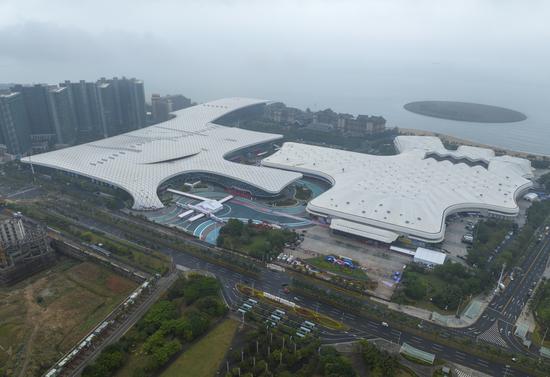


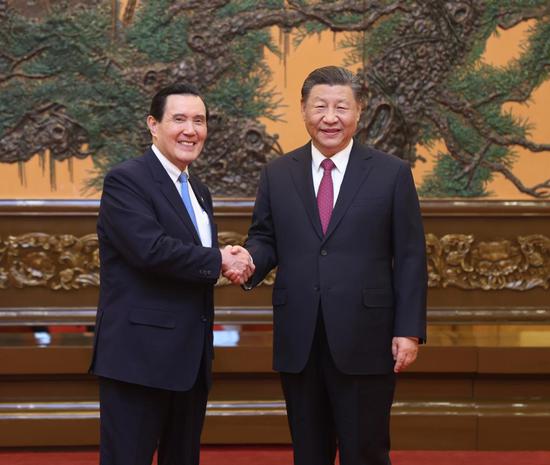

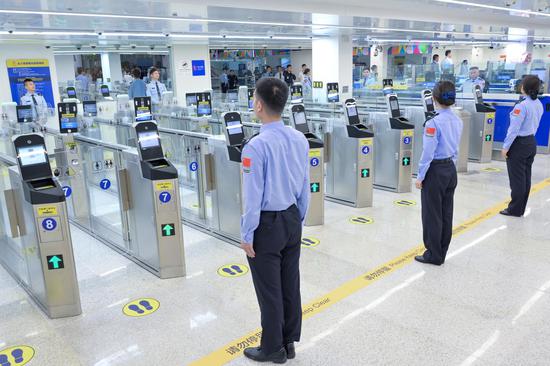












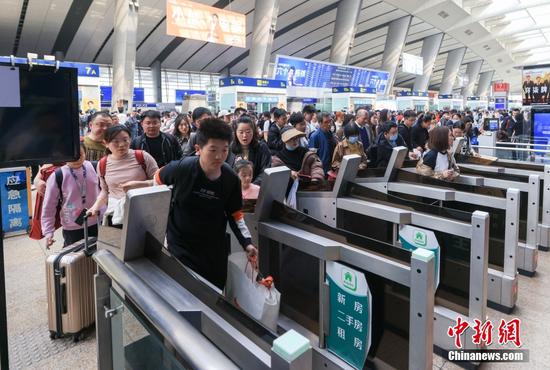






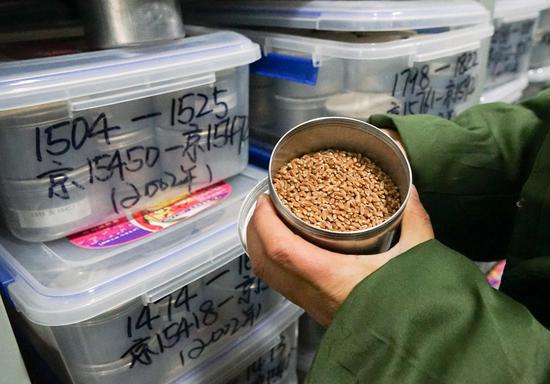
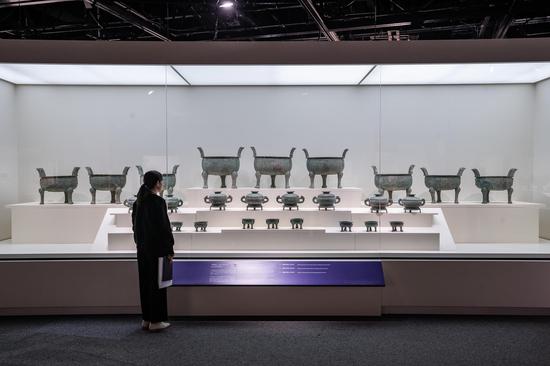














 京公网安备 11010202009201号
京公网安备 11010202009201号